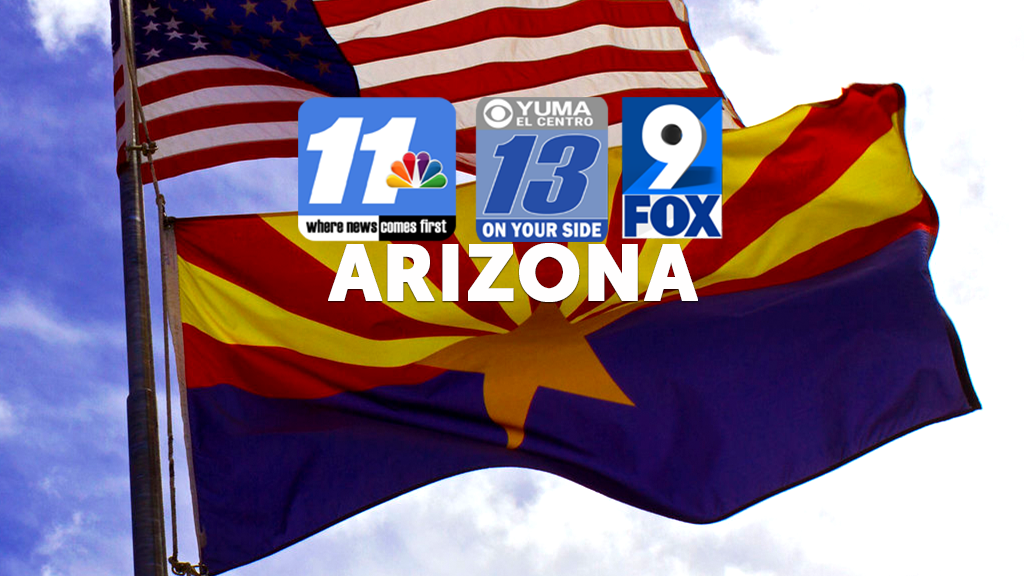Feds spend $2.4 million on cloud seeding for Colorado River

BRITTANY PETERSON
Associated Press
DENVER (AP) — The Southern Nevada Water Authority on Thursday voted to accept a $2.4 million grant from the U.S. Bureau of Reclamation to fund cloud seeding in other Western states whose rivers feed the parched desert region.
The weather modification method uses planes and ground-based cannons to shoot silver iodide crystals into clouds, attracting moisture to the particles that falls as additional snow and rain.
The funding comes as key reservoirs on the Colorado River hit record lows and booming Western cities and industries fail to adjust their water use to increasingly shrinking supplies.
“This money from Reclamation is wonderful, we just have to decide how exactly it’s going to benefit us,” said Andrew Rickert, who coordinates Colorado’s cloud seeding for the Colorado Water Conservation Board.
The federal funding will go toward upgrading manual generators to ones that can be remotely operated, and using planes to seed clouds in key parts of the Upper Colorado River Basin, according to Southern Nevada Water Authority documents for its board meeting.
Securing enough generators could be a challenge, Rickert said. “There’s not a lot of makers of cloud seeding generators,” he said. “Not only do we have to make sure we can find that, but that they could make as many as we need.”
The Bureau of Reclamation declined to comment about the funding decision.
The Southern Nevada Water Authority said the grant, while administered by Nevada, is not exclusively for the state’s benefit. “It will all be used to do cloud seeding in the Upper Basin for the benefit of all the river’s users,” wrote public outreach officer Corey Enus over email.
In the Upper Colorado River Basin, Utah and Colorado have been seeding clouds for decades. Wyoming has nearly a decade of experience, and New Mexico recently began approving permits for warm weather seeding in the eastern part of the state.
Colorado, Utah and Wyoming each spend between about $1 million and $1.5 million a year for cloud seeding. Utah’s legislature recently expanded their investment in cloud seeding programs in next year’s state budget, allocating more than $14 million.
Numerous studies indicate cloud seeding can add 5% to 15% more precipitation from storm clouds. Contractors work with states to estimate how much ends up in water supplies.
Since 2007, various groups have contributed to the overall cloud seeding budgets in those states. In 2018, several entities, including the Southern Nevada Water Authority, committed to long-term funding for those efforts, collectively contributing about $1.5 million annually.
The reclamation bureau regularly funded cloud seeding operations toward the end of the 20th century, but has largely backed off in recent years, according to Frank McDonough a scientist at the nonprofit Desert Research Institute.
“The research that’s come out over the last 10 years or so really seems to have convinced them that cloud seeding is a legitimate way to increase snowpack and subsequent water resources,” McDonough said.
The grant from the bureau will be spread out over two years, temporarily doubling financial support for the Upper Basin cloud seeding from outside parties.
The seven Colorado River basin states are still negotiating with the Bureau of Reclamation on how they will conserve 2 million to 4 million acre-feet of water — or up to roughly one-third. The Bureau is expected to release a draft proposal this month and expects to finalize plans by mid-August, when it typically announces the amount of water available from the Colorado River for the following year.
With such an over-allocated river, everyone will have to use less, particularly the agricultural sector, said Kathryn Sorensen of the Kyl Center for Water Policy think tank.
“I think a lot the allure of this type of program is it’s easier to talk about how do we get more than to talk about who has to use less,” she said.
___
The Associated Press receives support from the Walton Family Foundation for coverage of water and environmental policy. The AP is solely responsible for all content. For all of AP’s environmental coverage, visit https://apnews.com/hub/climate-and-environment
___
This story was first published on March 16, 2023. It was updated on March 17, 2023 to correct the surname of a source from the Kyle Center on Water Policy. She is Kathryn Sorensen, not Sorenson.